You might think straightening smiles and align the teeth and jaws are a thoroughly modern affair, but it turns out humans have been trying to correct crooked smiles for thousands of years! As far back as ancient Greece, philosophers were debating over the best way to move teeth into better positions, and archaeologists have discovered mummies with bands on their teeth, so we know primitive versions of orthodontics existed.
Modern braces have come a long way, and are far sleeker and more comfortable than ever before, but there was a time when attempting a straight smile meant catgut or crude metal. Traditional braces, in particular, have come along in leaps and bounds, and are now available in several different varieties, from metal to lingual and of course, Damon braces. But we have to say, even the older, bulkier models sound better than the Medieval idea of orthodonture, which was heavy on extractions and blood-letting. Shiny brackets and colorful bands don’t seem so bad when you’re comparing them to animal innards, dirty wire, and leeches!
Here at Szymanowski Orthodontics, we love to utilize the latest techniques and cutting-edge technology to create beautiful smiles that last, but it can be fun to take a look back at where orthodontics began. Before the days of self-ligating systems and clear aligner therapy, there were a few centuries of trying to correct misaligned teeth and jaws in order to improve chewing, speaking, and the overall appearance of patients. Let’s explore what some of these designs entailed, and how modern orthodontics evolved.
Getting back to the ancient origins of orthodontics
We mentioned mummies that were found sporting ancient orthodontic gear, but the Greeks, Etruscans, and Romans were also in on the earliest days of orthodontic action. Remember Hippocrates? Besides inspiring the Hippocratic oath, it turns out the ancient Greek physician also wrote the first known description of tooth irregularities. This was in about 400 B.C.! The classical Greek philosopher Socrates also wrote about early orthodontic efforts when he described Etruscan women using gold bands to preserve the position of the teeth after death. Roman writer Celsus went one further when he actually recommended using fingers to push newly emerging teeth into the proper position. Considering what was known about the importance of washing your hands back then, we’re not sure how effective this was on a number of levels!
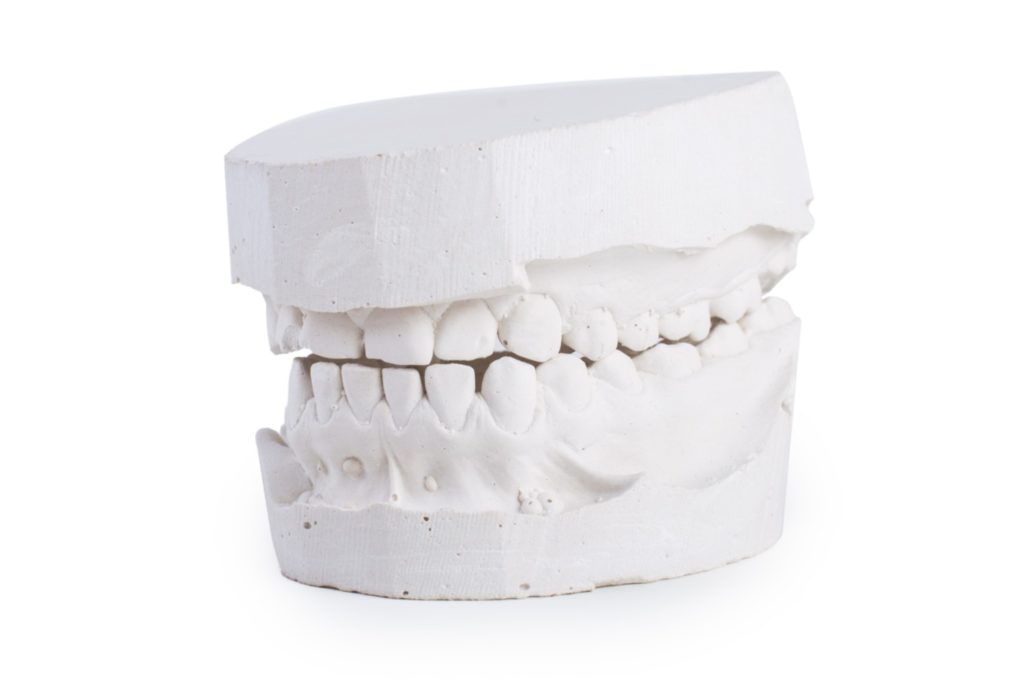
Interest sparked in the 18th century
There was a bit of a lull in orthodontics then, with no real progress made for many years. However, something happened in the 18th century to spark a real interest in dental techniques, resulting in a flurry of development. Progress is built on the mistakes that came before it, and there were certainly a number of questionable advances along the way to modern orthodontics!
One of these was the bandeau, which intrepid French dentist Pierre Fauchard wrote about using in 1728. This device was a horseshoe-shaped piece of metal that was placed outside the teeth, with string or wire used to tie the teeth to the arch. The bandeau was similar to modern braces in that it relied on steady pressure over time, but it wasn’t adjustable at all, and it was very difficult to use for moving individual teeth in different directions. Fauchard didn’t stop there, though. He also operated on patients with a set of forceps he called a “pelican,” forcibly realigning the teeth, then tying them to the adjacent teeth to hold them in place while they healed. Makes regular adjustments look like a walk in the park, doesn’t it?
In spite of its flaws, the bandeau managed to stay relevant until about 1819, when Christophe-François Delabarre developed the wire crib. This was essentially the birth of contemporary orthodontics. The crib was made of wires, often metal, that had been bent and then soldered together to make a “cage” that fit tightly over and around the teeth. There were strings or metal springs that could then be attached and used to apply a constant force to teeth. This pressure would slowly moving them into new, improved positions, in much the same way our current braces and aligners work. In fact, the wire crib is the precursor to several of today’s appliances.
Around 1880, Edward Hartley Angle was able to identify the true properties of malocclusions, or misalignments, of the teeth and jaws. This earned him the title of “Father of Modern Orthodontics,” and his influence can be found even today, in the way orthodontic appliances continue to become increasingly effective over the years.
Modern orthodontics make an appearance
It took until the 19th century, but the United States finally began to see significant orthodontic contributions in the early 1800’s. In 1822, J.S. Gunnell invented “occipital anchorage,” a form of headgear that fastened to the jaw from the outside of the mouth and exerted gentle pressure on the teeth. In 1840, Chapin A. Harris wrote the first classic book on dentistry. “The Dental Art” outlined practices that were innovative for the time, like soldering knobs on bands to assist with tooth rotation and applying gold caps to molars to open the dental bite. When Charles Goodyear invented vulcanized rubber in 1839, orthodontists were quick to realize its potential. Just a few years, E.G. Tucker would become the first American dentist to use rubber in orthodontic appliances.
Dentists would continue making tremendous strides in understanding how the teeth and jaws work over the next century, yet braces themselves remained more or less unchanged. Most were made from materials like gold, platinum, silver, steel, gum rubber, or vulcanite, but early orthodontists would sometimes turn to ivory, zinc, copper, brass, or even wood instead. Until the 1970s, orthodontists relied on winding wires around each individual tooth to anchor the brackets. With the invention of dental adhesives, they were able to switch to sticking brackets to the surface of the teeth instead.
Meanwhile, stainless steel began to replace gold and silver as the most popular choice for wires thanks to its shapeability. This significantly reduced the cost of braces, making them more widely available. Around this same time, lingual braces were developed. These were the first orthodontic appliance to address aesthetics by running along the inside of the teeth’s surfaces instead of being affixed to the outer surface.

From Socrates to Sacramento
As you can see, humans have been striving for thousands of years to create healthy, functional smiles. Well-aligned teeth and jaws are just as important today as they were when pelicans and catgut were in fashion! Szymanowski Orthodontics is proud to continue such an established tradition of improving smiles, oral health, and patient’s lives. Get in touch with our Sacramento office today and let us help you find your smile’s place in history!
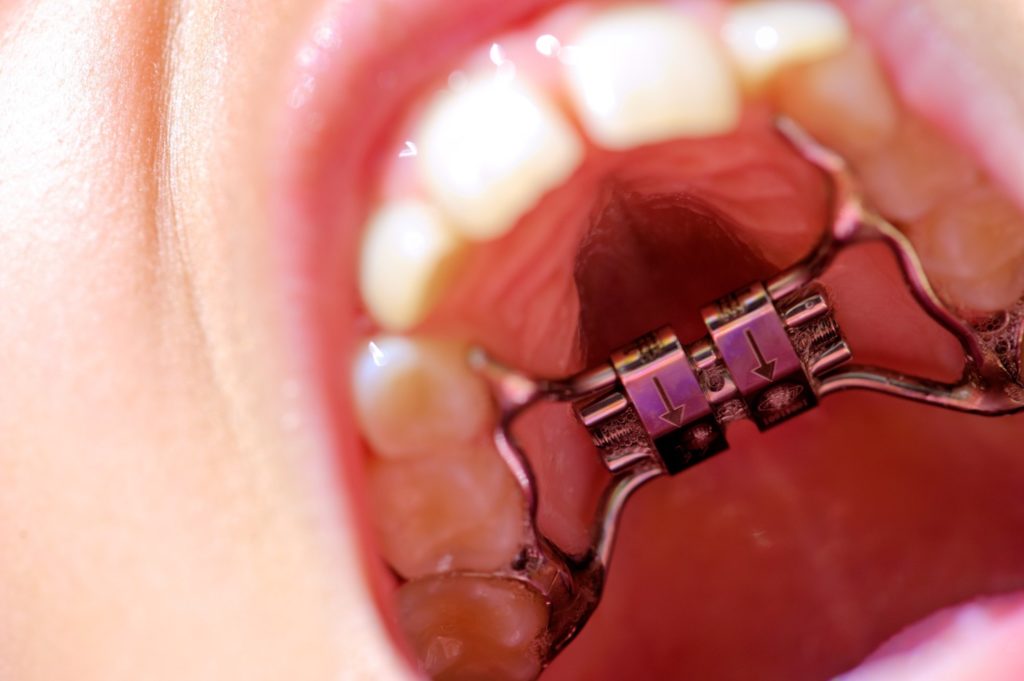
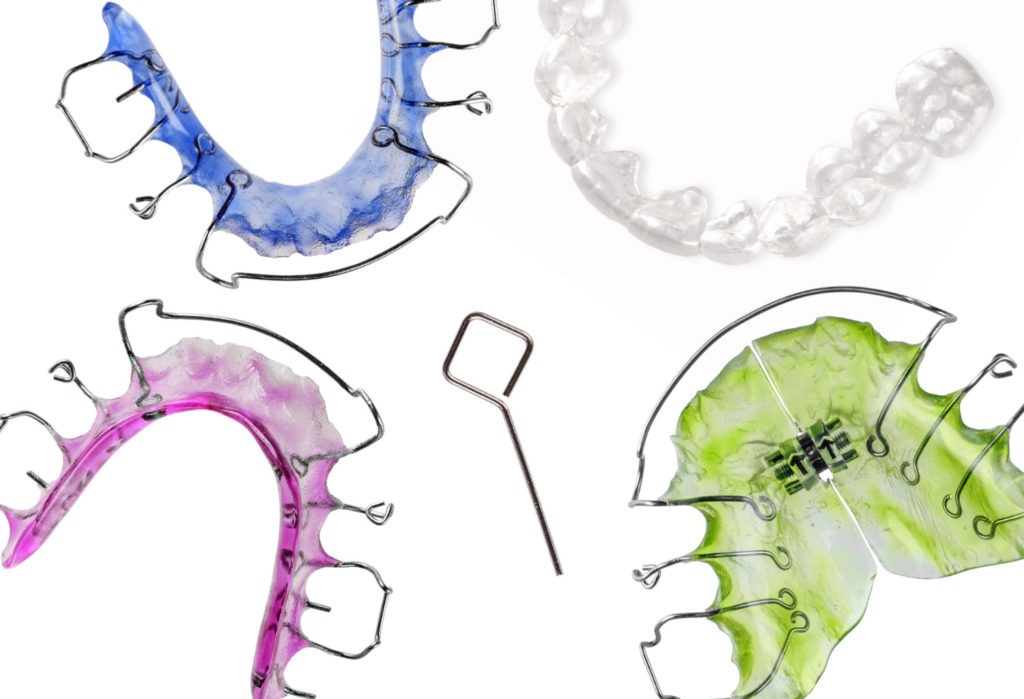


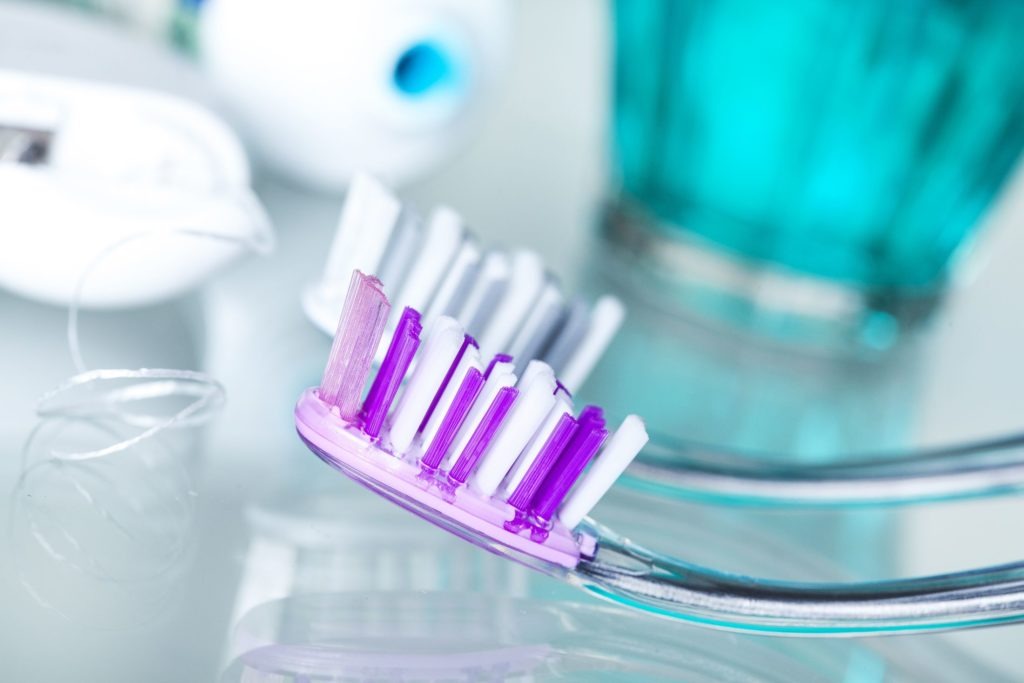




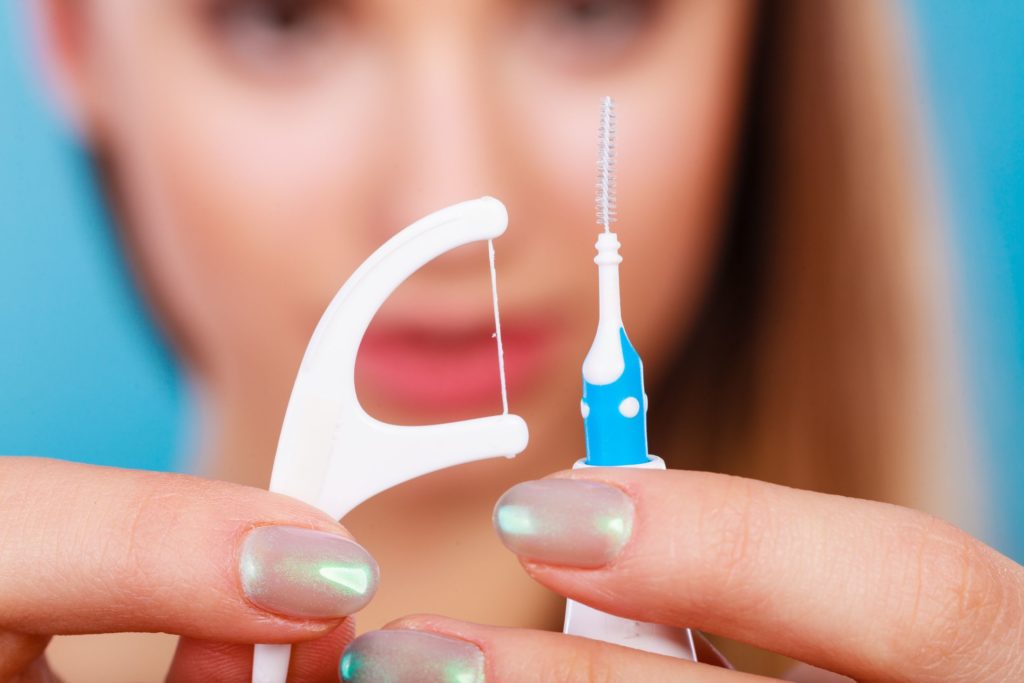


 For those people who wear braces, the best type of mouthguard is an orthodontic mouthguard, which is a bit different from regular mouthguards. Made from high-grade silicone, orthodontic mouthguards cushion your lips from bumping against your teeth and braces. This prevents your lip from getting caught in your braces which can be quite painful. It also protects the brackets on your teeth from any potential damage from sports-related impact. Orthodontic mouthguards are typically a bit bigger than regular mouthguards, but they are equally as comfortable to wear.
For those people who wear braces, the best type of mouthguard is an orthodontic mouthguard, which is a bit different from regular mouthguards. Made from high-grade silicone, orthodontic mouthguards cushion your lips from bumping against your teeth and braces. This prevents your lip from getting caught in your braces which can be quite painful. It also protects the brackets on your teeth from any potential damage from sports-related impact. Orthodontic mouthguards are typically a bit bigger than regular mouthguards, but they are equally as comfortable to wear.  If your mouth takes a hit while you are wearing braces, your best response is to
If your mouth takes a hit while you are wearing braces, your best response is to